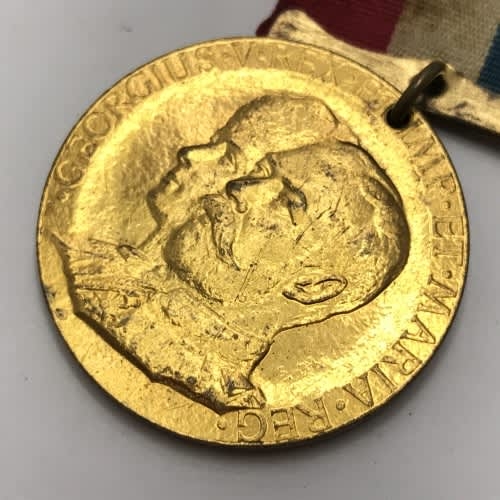 >
>
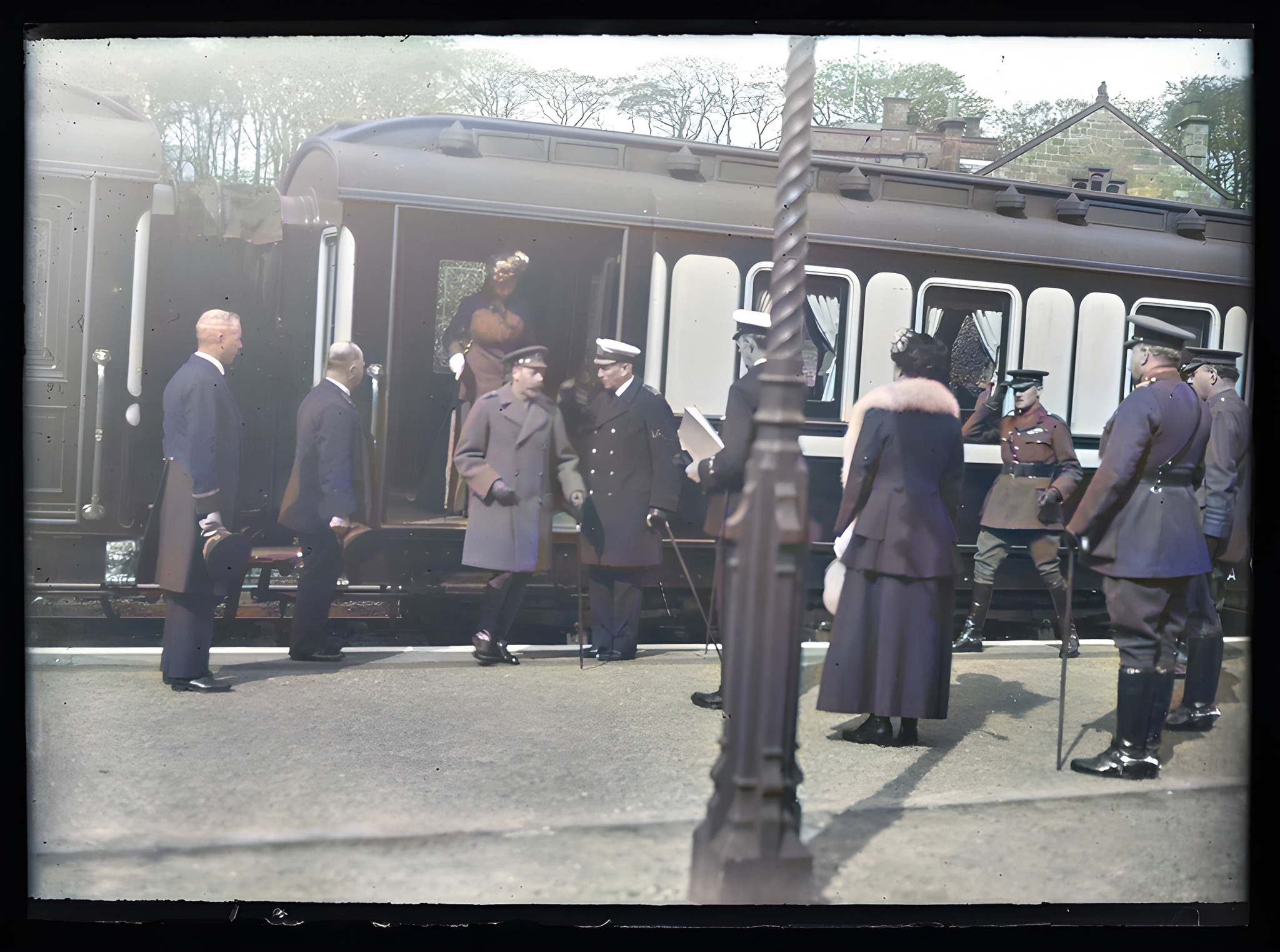 >
>
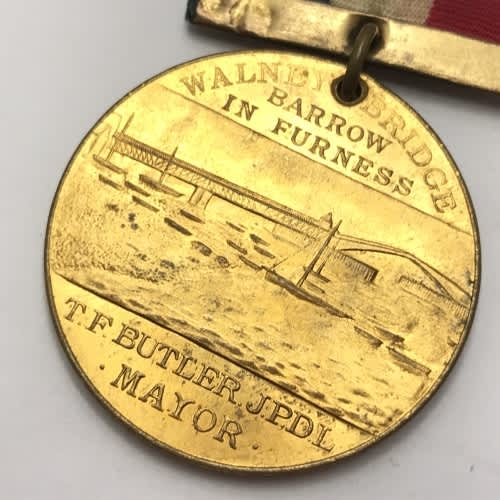 >
>
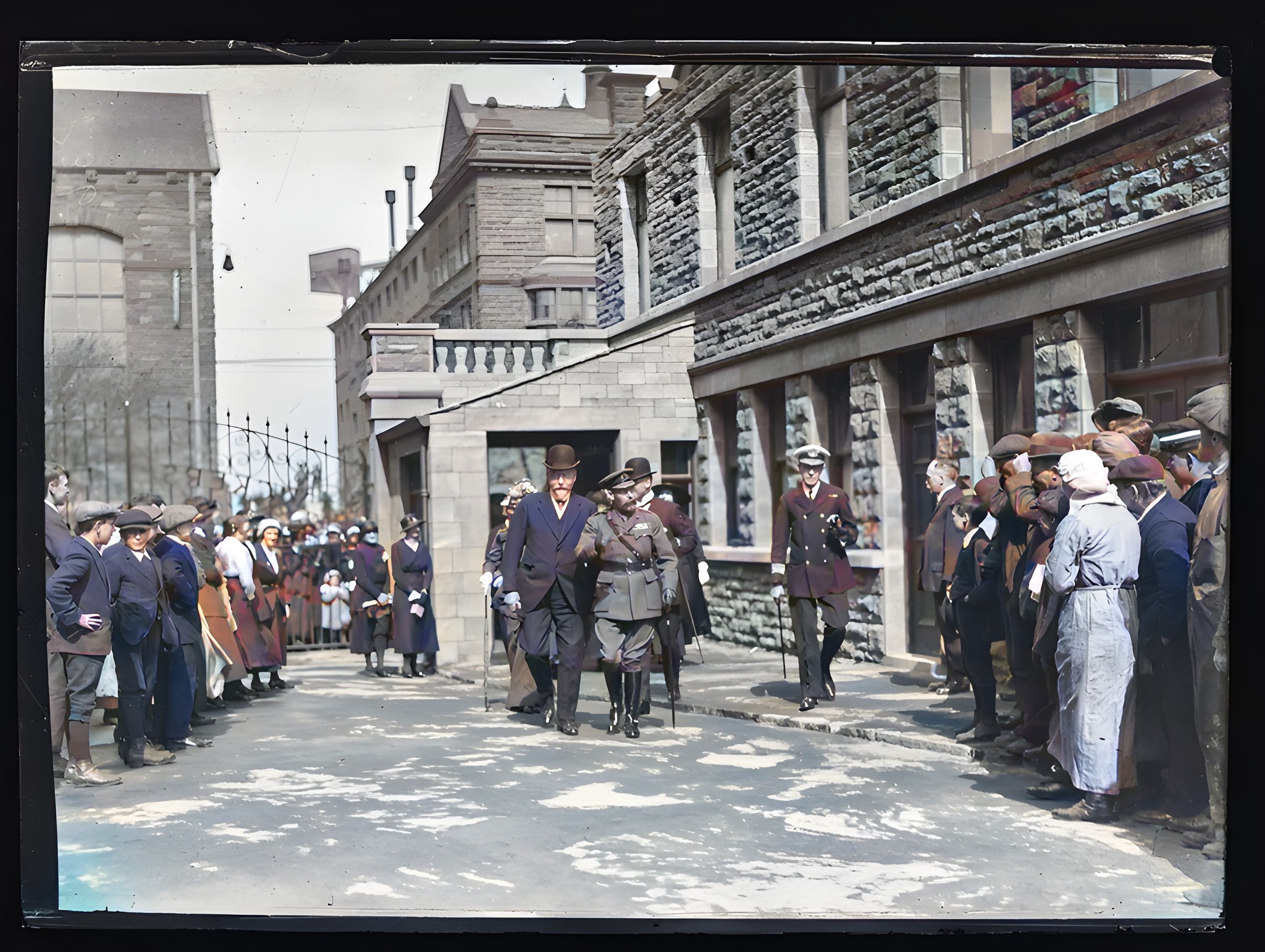 >
>
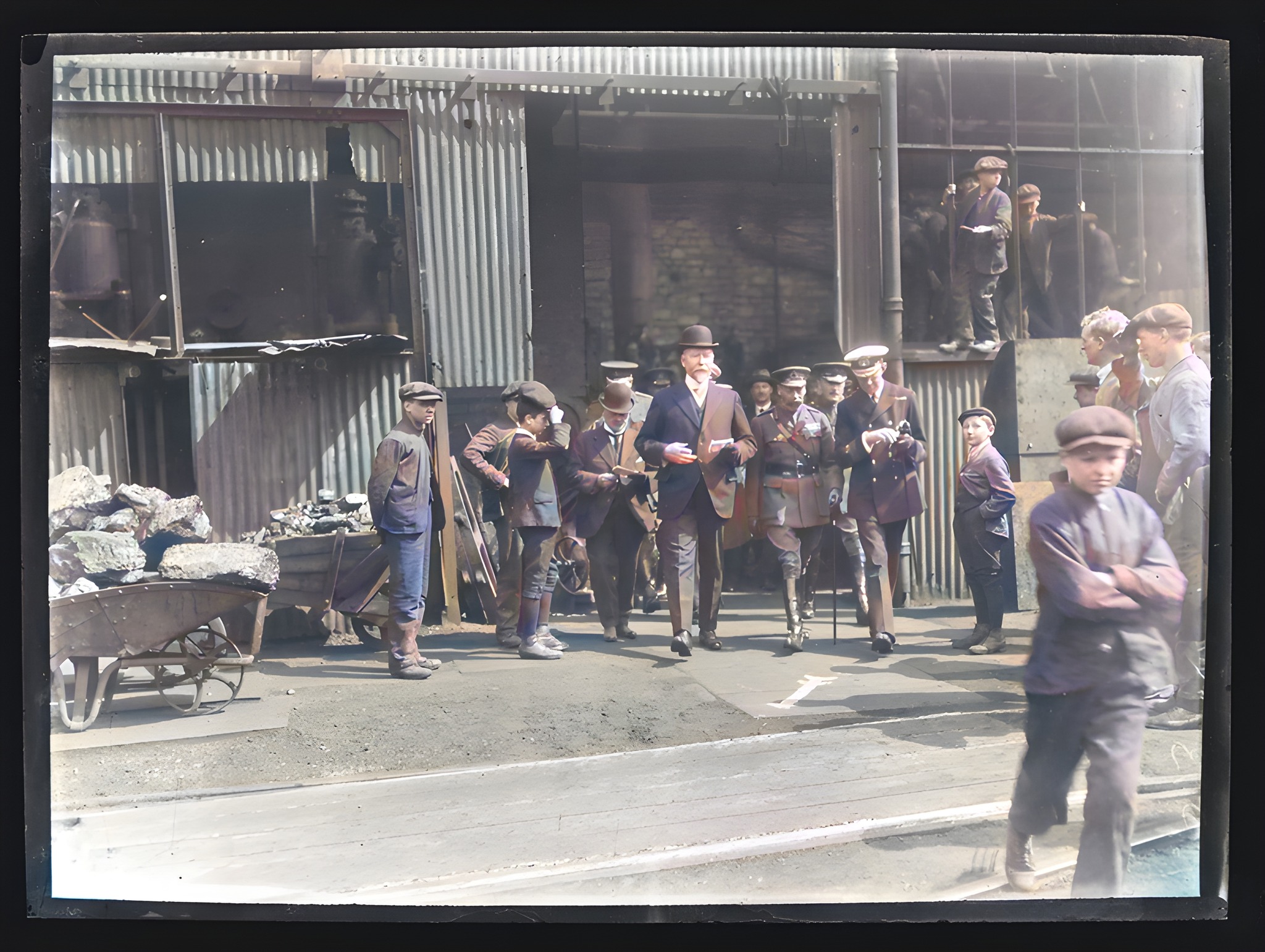 >
>
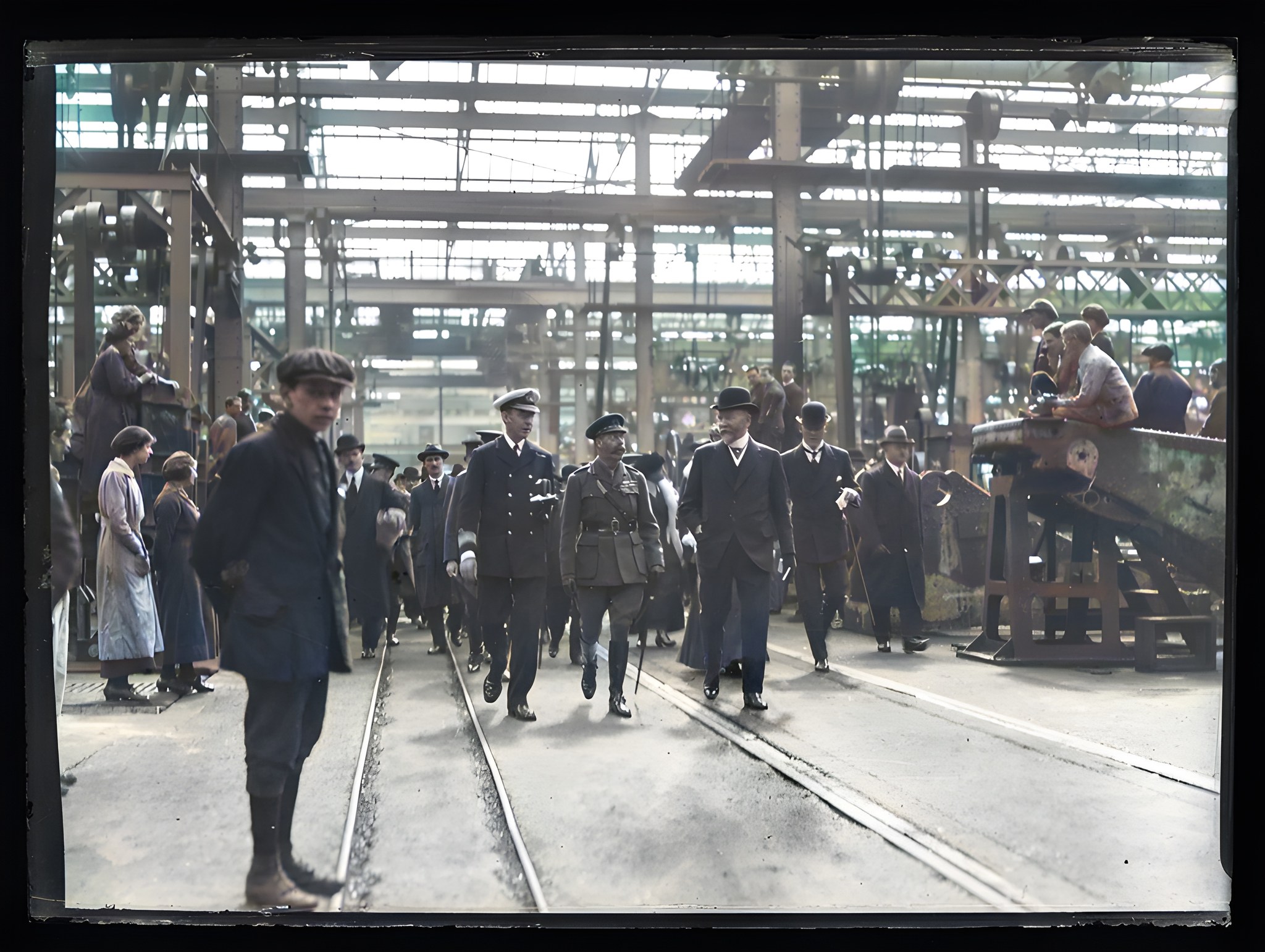 >
>
A Royal Visit The crisp air of a May morning in 1917 carried the echoing clang of shipyard work as Barrow-in-Furness, then part of Lancashire, awaited a momentous occasion. King George V and Queen Mary were arriving on a visit – not a leisurely one, but a wartime endeavour to bolster the spirits of those toiling tirelessly at Vickers Limited, a cornerstone of Britain's war effort with its production of munitions and submarines. Imagine the scene: the rumble and hiss of the Royal Train as it pulled into Furness Abbey Station, the polished brass gleaming under a sky filled with the cries of gulls. The King and Queen emerged, stepping onto the platform amidst a sea of faces – cheering crowds, eager schoolchildren waving flags, and solemn-faced dignitaries, including the Mayor of Barrow, T.F. Butler, his chain of office glinting in the pale sunlight. The scent of coal smoke and iron hung heavy in the air as Their Majesties embarked on a tour of the sprawling Vickers shipyard. The rhythmic clang of hammers against metal, the roar of furnaces, and the shouts of workers filled their ears. They moved among the towering cranes and the labyrinthine network of scaffolding, witnessing firsthand the creation of mighty warships and the intricate assembly of deadly munitions. The Queen, her gloved hand resting lightly on the arm of a veteran worker, offered words of encouragement, her voice a gentle counterpoint to the industrial symphony surrounding them. And here's where the story takes an interesting turn: a commemorative medal was struck, featuring portraits of King George V and Queen Mary on one side. But the other side, curiously, depicts Walney Bridge and the name of Mayor T.F. Butler. This medal wasn't actually for the 1917 visit, though. It was intended to commemorate a separate event: the renaming of Walney Bridge in honour of the King's Silver Jubilee! You see, the King was scheduled to visit Walney Bridge on 4th April 1935 for the official renaming ceremony. The Duchess of York was there to rename the bridge "Jubilee Bridge", but sadly, the King fell ill and couldn't attend. Perhaps he envisioned himself standing on the bridge that day, the wind whipping off the Irish Sea as he gazed out at the bustling port, a symbol of Britain's strength and resilience in both war and peace. This medal, with its depiction of the bridge, serves as a unique reminder of both the King's connection to Barrow-in-Furness and the planned visit to celebrate the newly christened Jubilee Bridge that, unfortunately, never came to pass. While some sources may refer to Lancashire, as Barrow-in-Furness was historically part of that county, it became part of Cumbria when the county was formed in 1974. #History #WWI #RoyalVisit, #Barrow-in-Furness #Lancashire #Cumbria A huge thank you to Cumbria Archives for providing the captivating photos used in this blog post and for their dedication to preserving Cumbria's heritage. With their kind permission, these images help bring the story of George V to life. Image courtesy of Cumbria Archives #CumbriaArchivesPhotos #CumbriaHistory